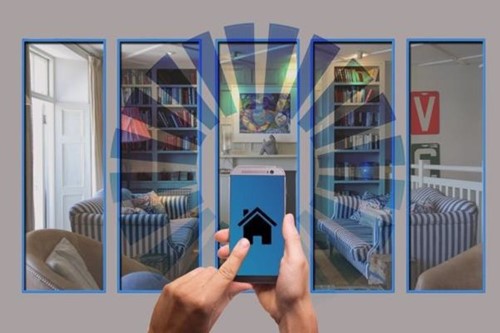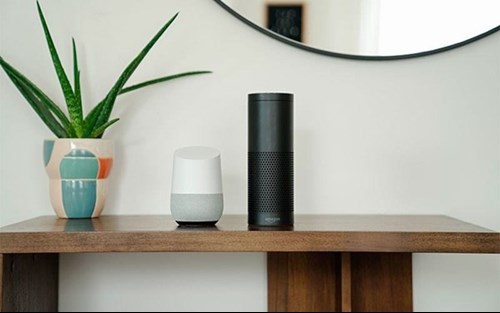
So, what is smart technology? Surprisingly, pinning down a definition can be difficult.
- Is it connectivity with the Internet?
- Is it artificial intelligence?
- A built-in capacity to learn from the
- Is it app driven?
- Or is it a combination of all those aspects?
The term “smart” originally comes from the acronym “Self-Monitoring, Analysis and Reporting Technology” but became widely known as “smart” because of the notion of allowing previously inanimate objects—from cars to basketballs to clothes—to talk back to us and even guide our behaviour.
As a general rule, smart technology is an umbrella term used to describe interconnected devices that perform relatively normal functions with a greater degree of autonomy than their non-smart equivalents.
Phone, Tablets, watches… IOS & Android Accessibility function
Smart devices are the everyday items that connect to the internet. This can include both 'hi-tech' items (think laptops, smart speakers, fitness trackers and security cameras), and standard household items (such as fridges, lightbulbs and doorbells).
Recently this type of technology has moved to watch devices that can monitor heart rates and sleep patterns.



